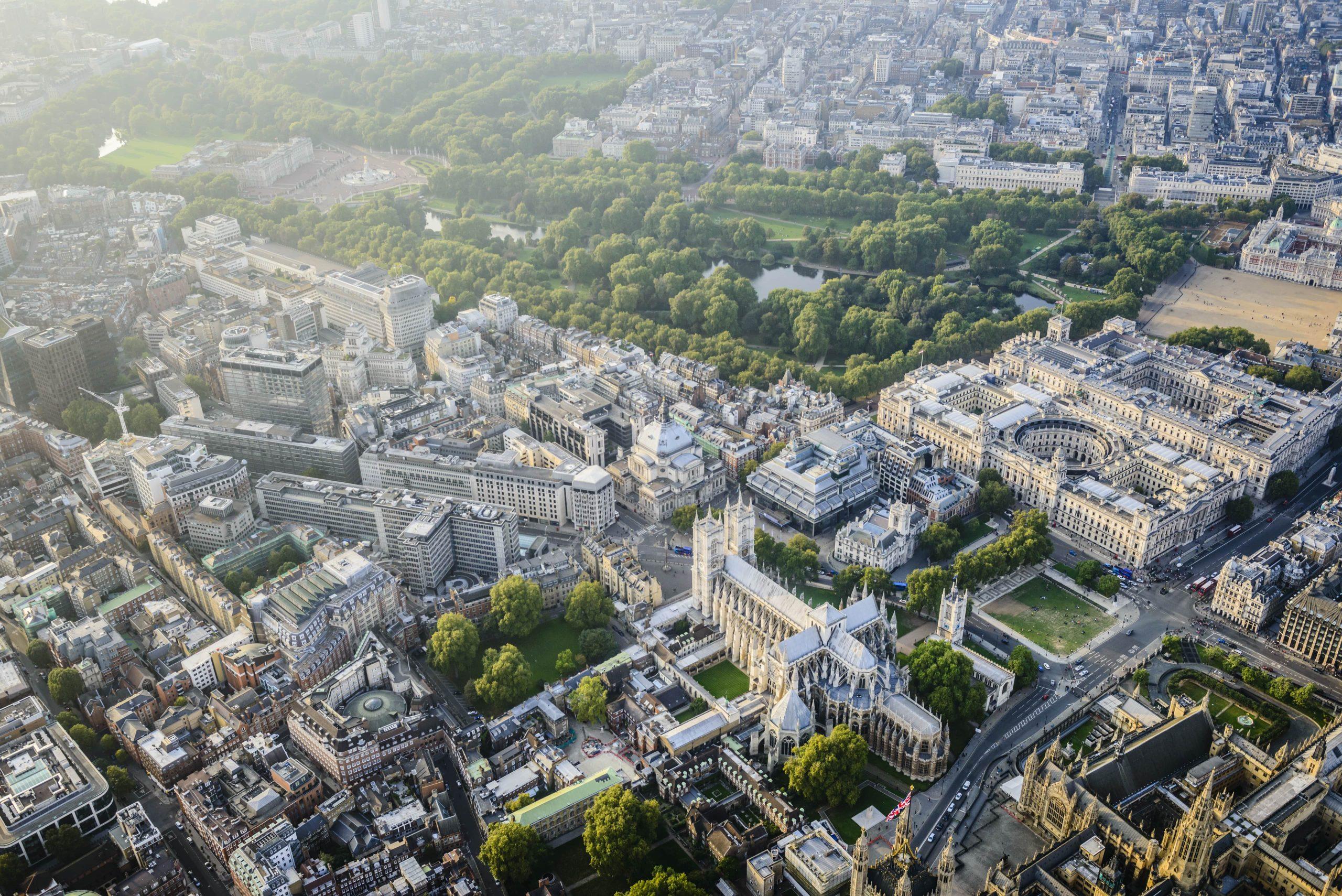London is currently home to almost 70 Business Improvement Districts (BIDs), and more BIDs appear year on year. These range from town centre and industrial BIDs, to property BIDs and Cross River Partnerships.
What is a Business Improvement District?
We’ll start at the beginning. Business Improvement Districts are essentially an agreement between businesses to improve commercial enterprise in a particular location.
Once a BID is in place, anyone who is eligible to pay business rates within the district will also pay a mandatory levy. The funds that this raises go back into the local community in order to improve the area which the BID covers (though some also receive funding too).
These improvements can include providing additional services or projects, outside of what the local authority already covers.
What is the purpose of a Business Improvement District?
A BID empowers local businesses and authorities to join forces and enhance the local trading environment. It gives these businesses and authorities vital funding, resources, and the opportunity to realise the potential of an area more quickly.
The services and projects that might result from the levy vary from BID to BID – it just depends on what needs improvement in any particular district or community. Common examples of initiatives that fall under the BID remit include additional security, cleaning operations, and environmental schemes.
Other benefits of a Business Improvement District include:
- Businesses being more autonomous and influential around what happens in their local area
- Improving the area can attract more customers, resulting in more income (and therefore potentially more employment)
- Networking opportunities for new and growing ventures
How much is the Business Improvement District levy?
The BID levy varies, with each business paying a percentage of its rateable value (the estimated annual rental value of a commercial property, which is also used to formulate business rates). In a typical scenario, a Business Improvement District will charge a levy rate between 1 and 4% of the rateable value.
That said, this can change for a variety of reasons. To tackle this, some BIDs now choose to set their levy through a banding system, where businesses are put into groups according to their rateable value.
Business who must pay the levy might be able to claim relief, such as charity relief, but this depends on individual circumstances.
Setting up a Business Improvement District
Creating a Business Improvement District happens in two phases: first is a proposal, and then comes a ballot. Let’s take a closer look at how each of these stages works as part of the wider BID set-up process.
Stage 1: the proposal
The ball starts rolling with a person or business who sees the possible benefits of establishing a BID in a particular area. They’ll need to notify the local authority and Secretary of State of their plans for a new BID, at least 84 days before actually submitting the proposal.
The proposal is submitted to the local authority, along with a business plan. The proposal for a Business Improvement District should include:
- The services or project it will provide
- The scale of the BID
- Who will be liable for the levy
- What relief will be available, and who will be eligible for it
- The levy amount (including an explanation for calculating it)
Once the proposal phase is complete, there will be a BID ballot.
Stage 2: the ballot
The BID proposal lists all of the businesses which fall within the district. Because they will be liable for the levy if the BID goes ahead, the local authority consults them by holding a ballot. The Secretary of State is also informed of date that the ballot will take place, via email or post, a minimum of 42 days before it is held.
The results of this ballot decides whether or not the new BID is set up. For a new BID proposal to go ahead, the ballot results must have a majority in both the votes cast and relatable value of votes cast.
The ballot system allows one vote per business in the BID area and/or per property they occupy for business-related activity.
It’s worth noting that the local authority can reject a BID proposal if it sees fit. If that’s the case, they must announce the decision at least two weeks before the ballot. There can be several reasons for this, including because:
- They deem the financial commitments of the levy to be too much for eligible businesses to pay
- The BID would pose a serious conflict with any policies that might already be in place
All businesses within a Business Improvement District must pay the levy, no matter which way they chose to vote. After 5 years the BID ends by default, and the levy will no longer apply. To operate the BID for longer, the process of submitting a proposal and holding a ballot will begin again. It means that a Business Improvement District must demonstrate its worth, or local businesses will simply reject it!
Find more help with accounting and finance for your London-based business in our information centre.





Leave a Reply